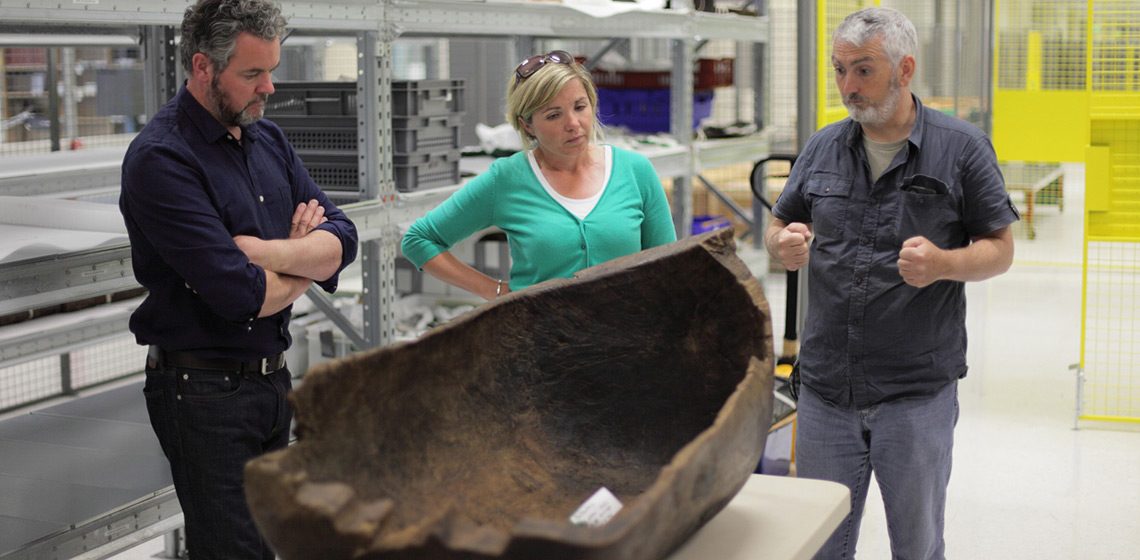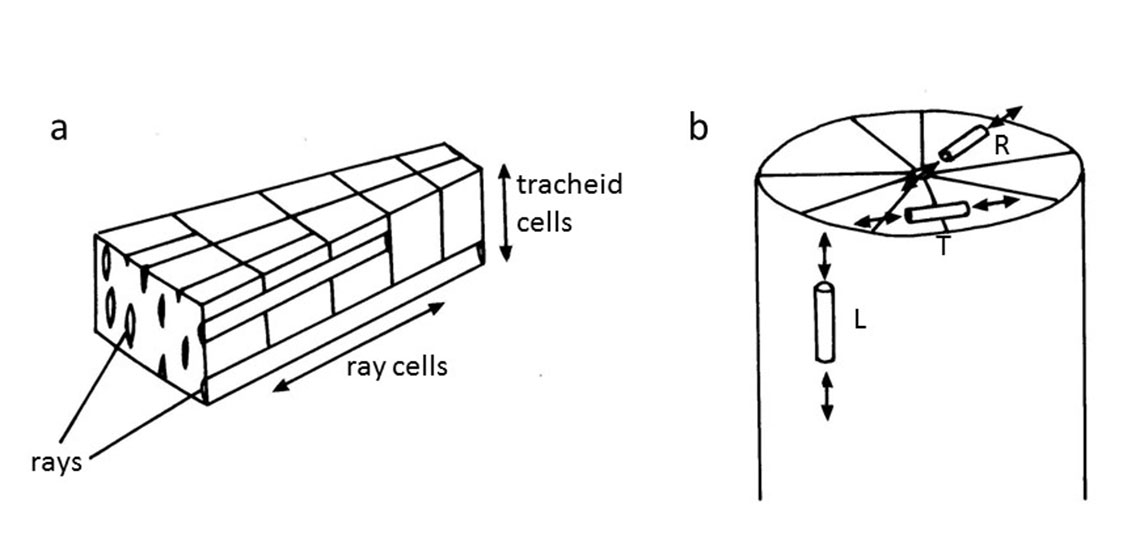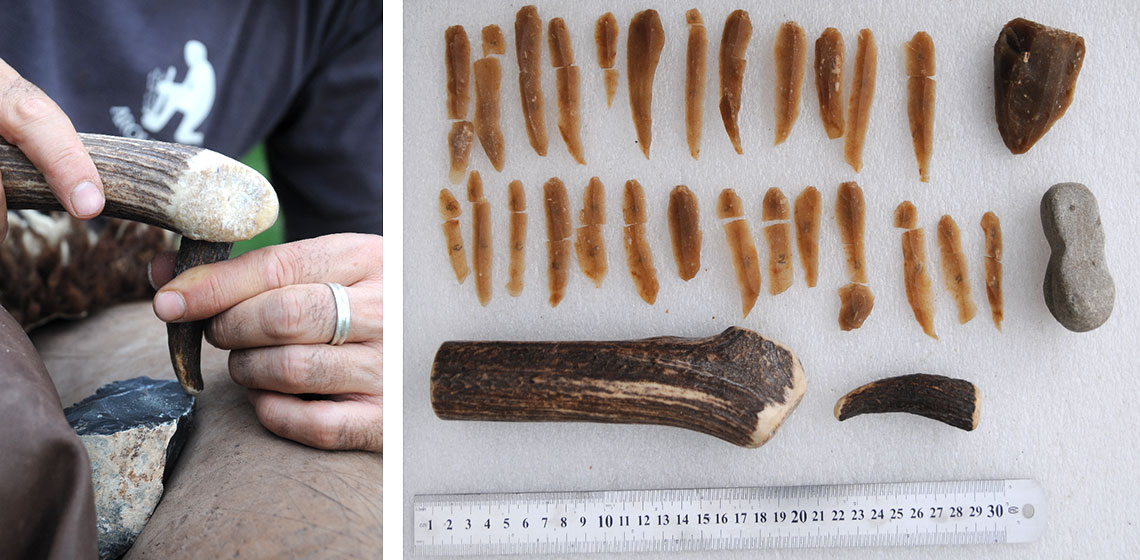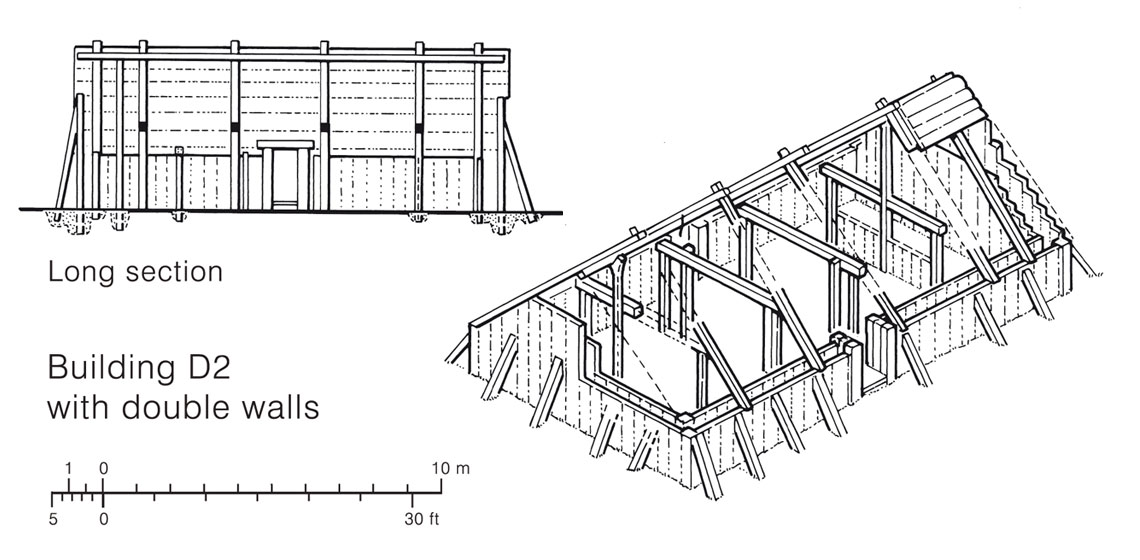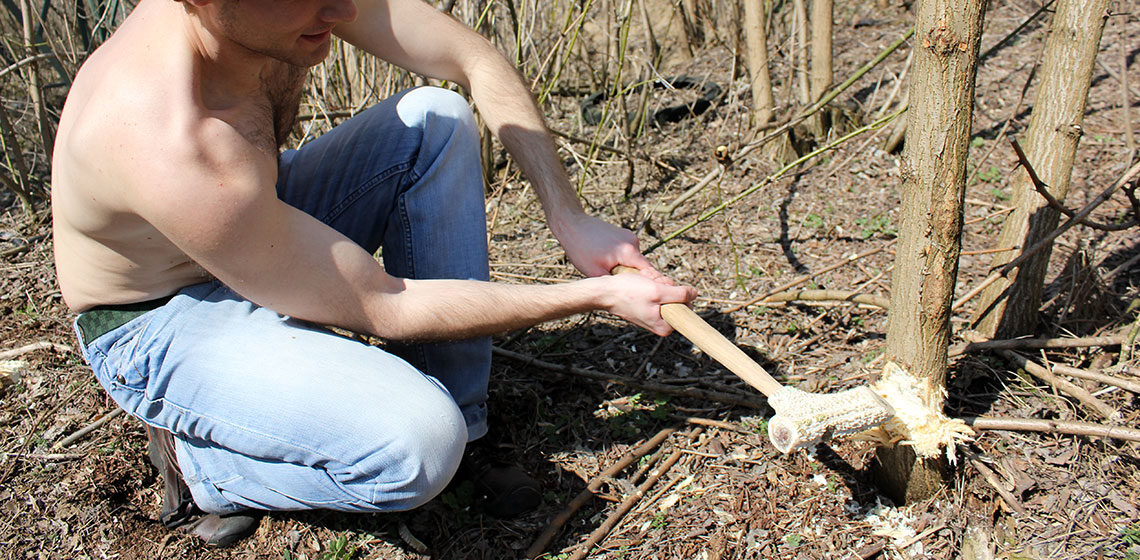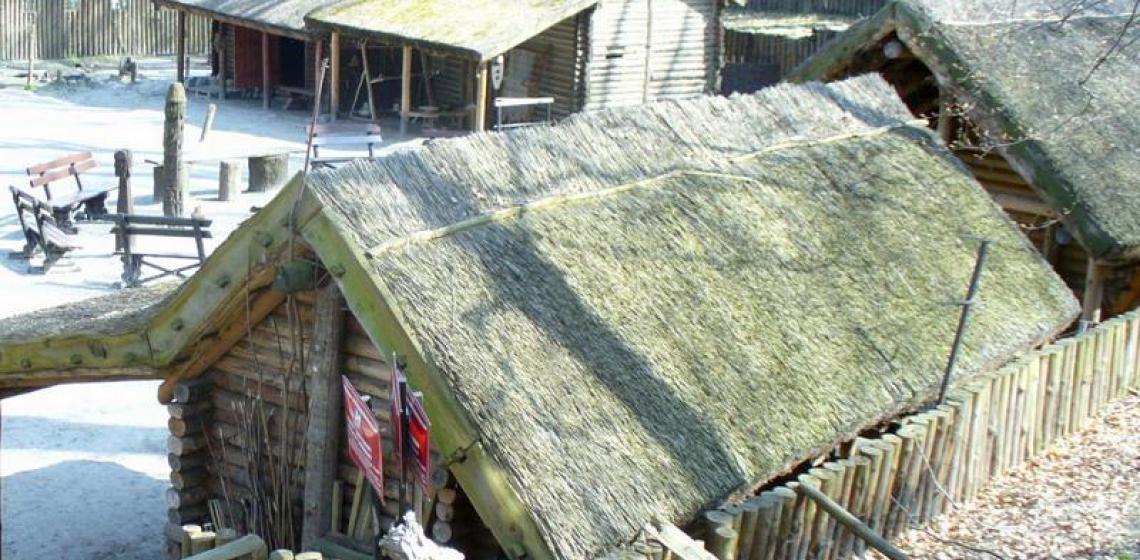wood
The Mechanics of Splitting Wood and the Design of Neolithic Woodworking Tools
Research, Experimentation and Outreach in the Early Neolithic Site of La Draga (Banyoles-Spain)
Wood
1. Hard material of trees used for burning, building, carving, tools and weapons.
2. A large area of trees, woodland
Yeavering Reconsidered
1987 ESF Proceedings
The 1980s was the beginning of a boom in the construction of archaeologically inspired buildings inside and outside archaeological open-air museums.
***Brian Hope-Taylor’s report (1977) on his excavations at Yeavering was received with a unanimous fanfare of approval from reviewers...
Two Reconstructions of Prehistoric Houses from Torun (Poland)
Skansen Archeologiczny Grodzisko w Sopocie (PL)
The “settlement at Sopot” as theis museum is called shwos visitors the results of research done by the Archaeological Museum in Gdańsk into the world of the early Medieval Pomeranians.
It explains about the history of settlement in Sopot, living conditions and daily activities of its people, old crafts, weapons and contemporary ways of erecting fortifications and houses.
How did they make prehistoric canoes (NL)?
The prehistoric canoes that have been found in the Netherlands are dug-out canoes. They were made of hollowed-out trees. In te forest a suitable tree was selected and probably on the spot shortened, debarked and hollowed out...
How is wood tar made (NO)?
Tar is made by placing pine roots in a conical hole in the ground, lined with birch bark. They are then covered by turf, and set on fire. The turf keeps the oxygen out, so the wood doesn’t go up in flames. The sap is boiled out of the roots and runs to the bottom of the hole, where it can be collected as tar.
Are there finds from furniture dating back to the Lake Dwelling Times and how did they look like (DE)?
Yes. We know rests from chairs, beds as well as racks, both from the Stone Age as the following Bronze Age. They were not at all worked as artistically as the furniture from the Mediterranean we know from the same era or from the Near East. They are more the results of sound craftsmanship...
